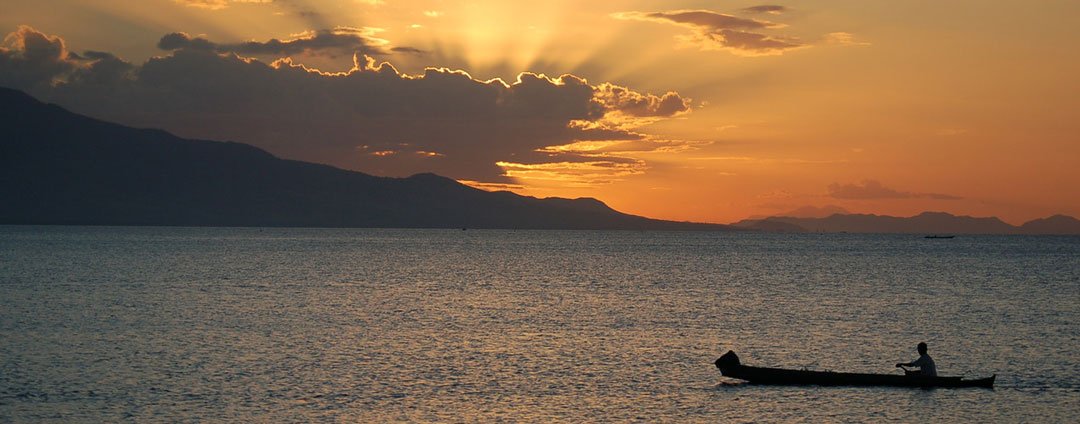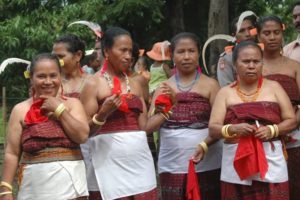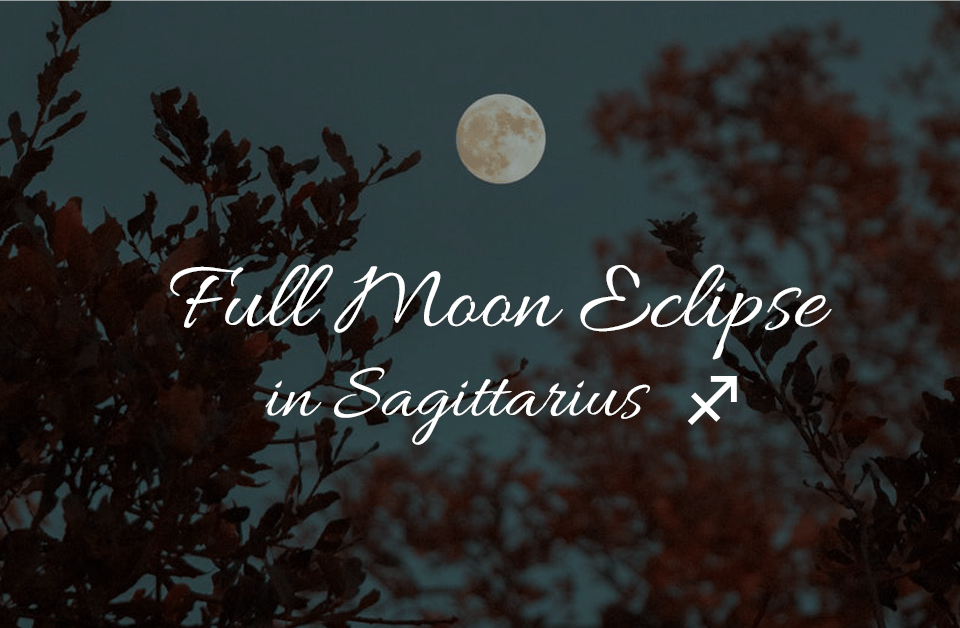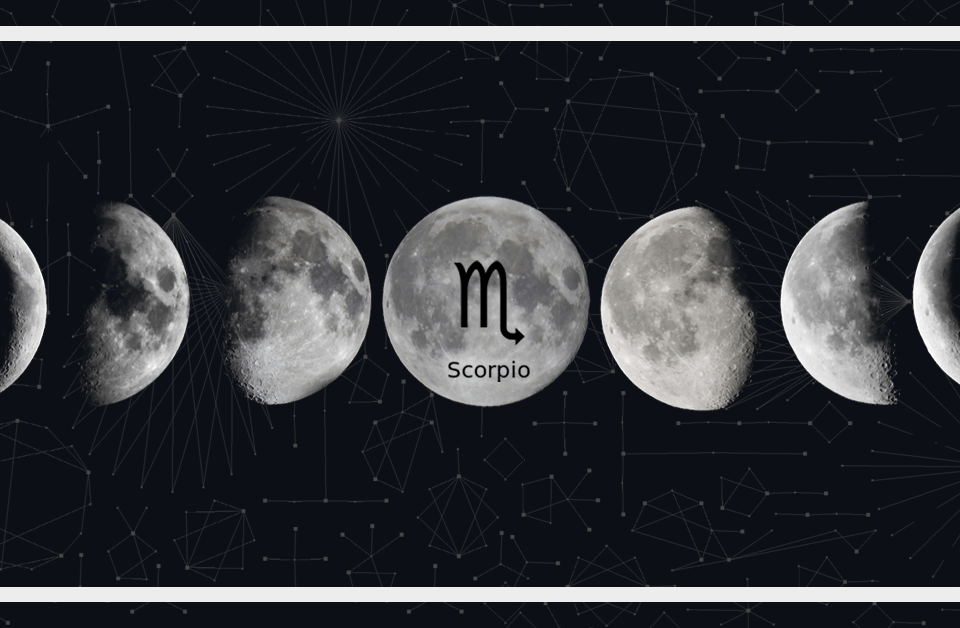
Flores Island and Its People and Culture
One of the most unique and delightful aspects of Flores Island, besides its immense natural beauty, is its people and culture. Visiting Flores Island means getting to know the daily life of the local people and their lifestyles and traditions. Open-minded and friendly, the Florinese people are glad to introduce visitors to their culture and traditions. Experiences of the culture can happen off the main road when visiting the island’s villages and the areas surrounding them where the locals live.
Flores Island Culture and Beliefs
A wonderful aspect of Flores’ culture is it diversity. Although linguistic traits and common cultural values are still shared between those living on the island, outside influences and geographical boundaries have led to different cultural variations in origin, ethnicity, livelihood, beliefs, history, and social structures.
The different ethnicities in Flores include:
- Lamaholot
- Lio
- Manggarai
- Ngada & Nagekeo
- Sikka
The Roman Catholic religion makes up about 85% of those living on Flores Island, but many of the people still love to share their rich ancestral history and culture through stories, ceremonies, songs and dances, and other cultural events. One of the most noteworthy cultural performances still being practiced is the Manggarai dance known as the Caci, a form of martial art often accompanied by music.
Pic credit: wisataflores
The traditional belief systems in Flores mirror those in many other areas of Eastern Indonesia: revolving around the ideas of opposites living in pairs, such as man and woman, sky and earth, old and young, and inside and outside, to maintain the harmony of life.
This falls in line with the belief in a double-gendered divinity that continues to keep life moving as long as people continue their necessary ceremonies and rituals. The same goes for the concept that spirits of dead ancestors interact with those still alive, who must make frequent offerings to placate them. Many Florinese people also employ practices involving supernatural entities like magic and communicating with spirits.
Flores Island Agriculture and Craftwork
The prominence of agriculture as the main form of making a living in Florinese communities is obvious to anyone hiking through the area’s landscapes. Rice is grown in huge quantities and crops are grown in different places for the home’s family and others in their village. Fishing is the other main trade.
The production of craftwork is very common, as well. Naturally tie-dyed and woven cloth known as ikat is made a lot in eastern Flores, and the people still wear textiles in many of the island’s areas — for both everyday clothing and for use during ritual practices. If visitors stop by certain villages, the people might demonstrate all of the steps required for ikat weaving, processing, and dyeing.
Many of the homes in the traditional Flores villages hold their own sets of uniqueness, as they often hold symbolism that is significant to the history of their people. These are accompanied by other physical materials that tell stories of the culture, such as shrines to ancestors, megaliths, and stone altars.
The culture of Flores and its people is unmatched and offers a fascinating look into unique rituals, beliefs, and ways of life. Some villages will even offer the chance for overnight stays to intensify the experience even further. Either way, visiting Flores island and getting immersed in its culture is a trip not easily forgotten — and you won’t want to forget it!
Blue Karma is happy to provide the best resort experience for those visiting Flores and other areas. We’re more than just a place to stay; we’re part of the experience!





